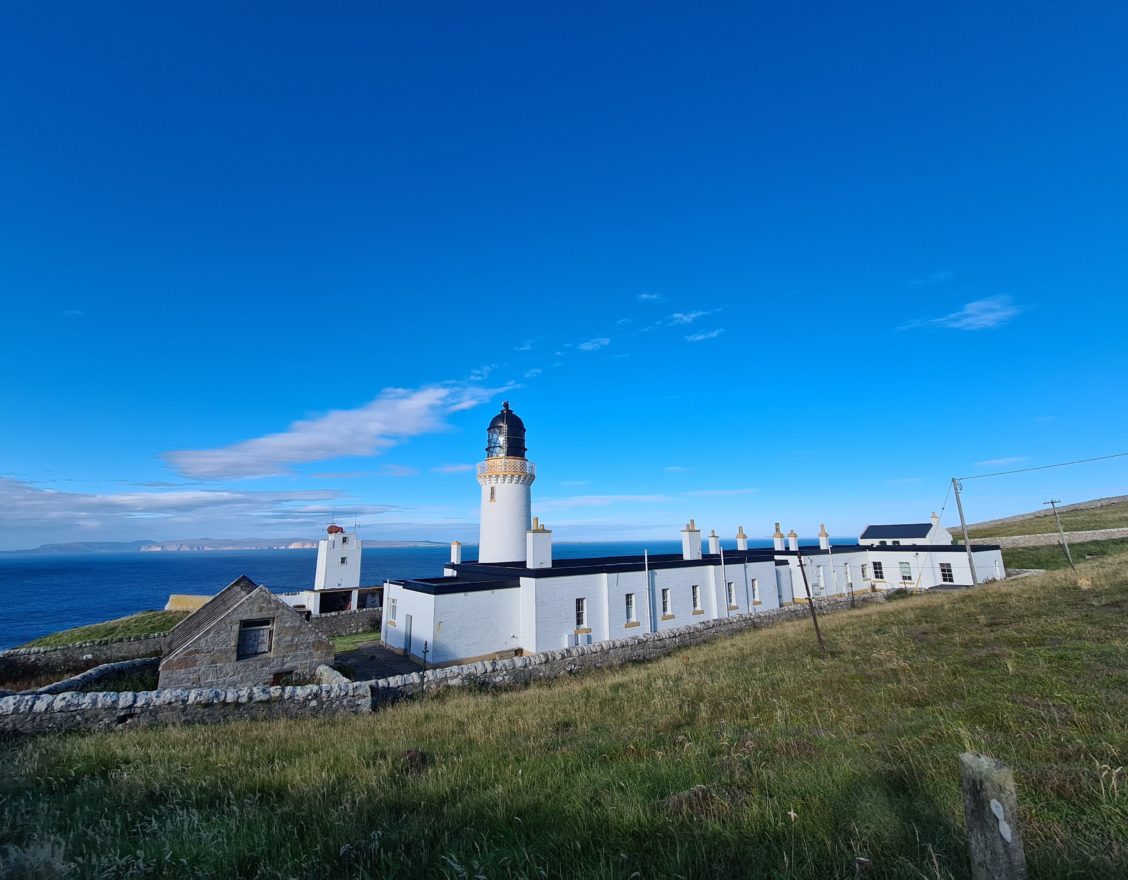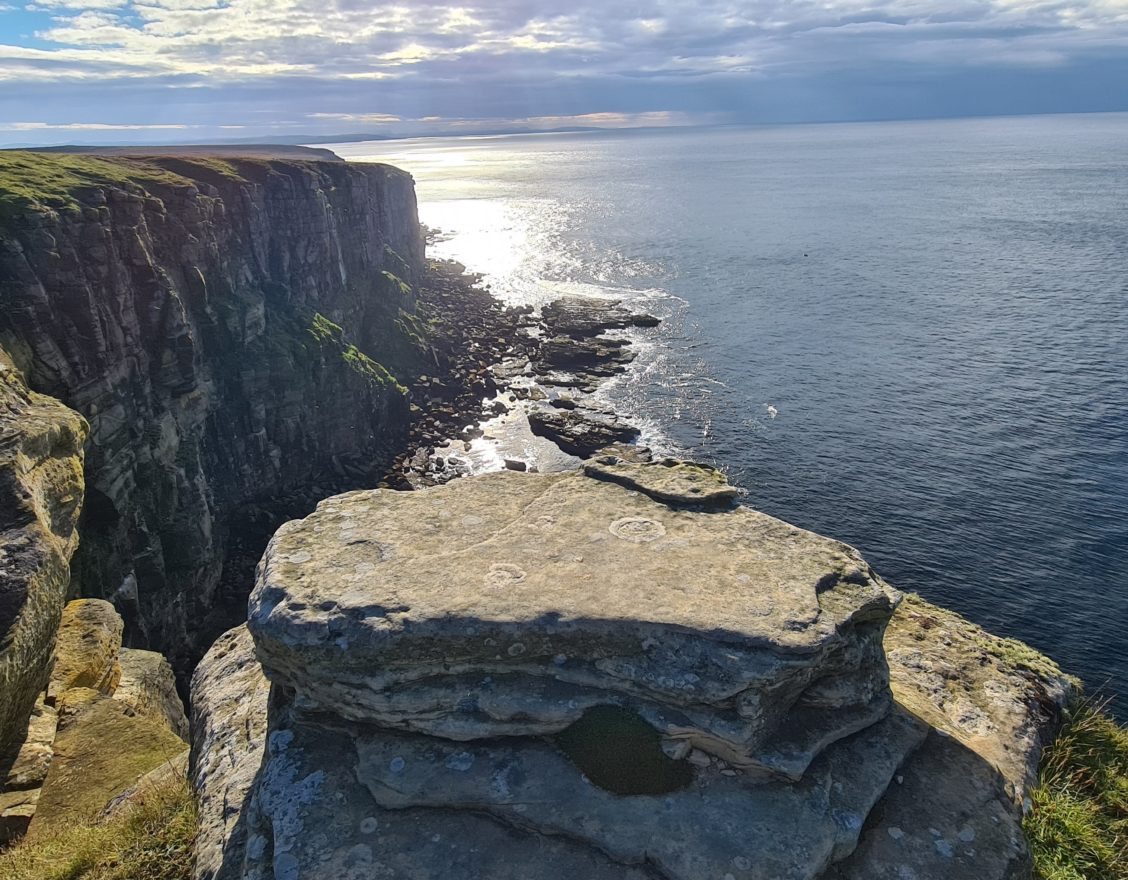Dunnet Head
The end of the road! Welcome to the most northerly point of mainland UK. A spectacular vista awaits you here as you gaze over the wild Pentland Firth to the Orkney Isles.
what3words Location
Distance
- Only a few metres from car park to the viewing platform, but you can take a slightly longer walk uphill to the viewing platform to visit the surviving WW2 structures.
Parking
- Plenty available.
Accessibility
- Fitness Level 1: Very Easy
Additional Information
Spectacular Dunnet Head, so often overlooked as the most northerly point of the UK for John o' Groats, is a real treat. This coastline has a 'big' feel to it, with an incredible panorama looking out to the Orkney; here is where the UK meets the wild Atlantic Sea, crashing thunderously into magnificent cliffs.
A dazzling array of wildlife call these cliffs home - puffins, fulmars, seagulls, razorbills, kittiwakes, and terns all nest here, their caws and cackling reverberating throughout the geos, such is the vibrancy of these cliffs that the RSPB purchased. Further beyond, in the wilds of the Pentland Firth, seals, dolphins, and whales can be spotted.
Scanning these seas, and keeping shipping and sailors safe from harm, is the resplendent Dunnet Head Lighthouse, built by the famous engineer Robert Stevenson in 1831. The lighthouse and the adjacent cottages were home to the keepers and their families until 1989 when the light was automated. Today, the tower and keepers’ cottages are protected with Grade B Listed Status.
Just to the east of the car park is a short walk amongst enigmatic WW2 ruins, a reminder of the area's strategic importance as a radar station guarding the Atlantic and North Seas. A viewing platform can be reached with magnificent 360-degree views of Caithness and beyond.

Did You Know?
Dunnet Head is one of only two locations in the whole of Scotland where you can be buried at sea. The other is 200 miles west of Oban.

